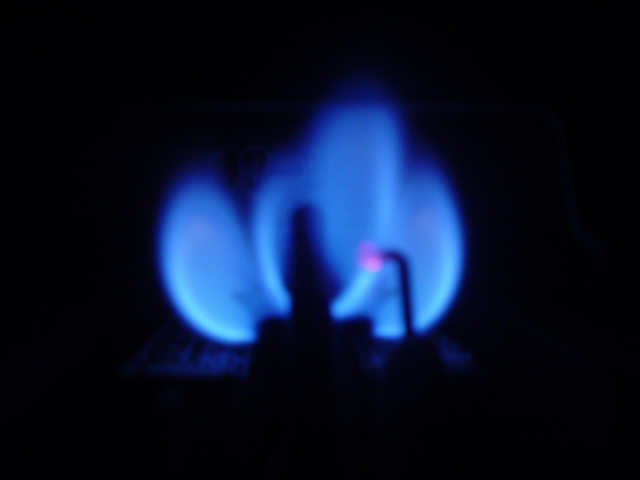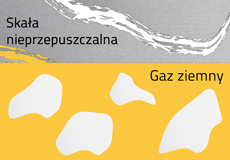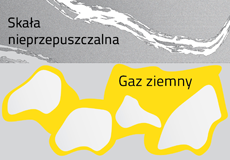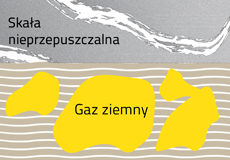Type of unconventional gas

The popular term "shale gas" is merely a description of one type of natural gas extracted in an unconventional way. Differentiating them has fundamental value because each of them requires different methods of extraction and different technological solutions.

Shale gas - is a common name for natural gas located in fracturing rocks along parallel surfaces (which gave the gas its name). It emerged in a distant geological past - on the sea bed. It is located in spaces not having any connections which requires special means of extraction. Shale gas in Poland comes mainly from the Silurian period (approximately 450-400 million years ago). A big part of the reserves in the USA is a bit younger and comes from the Devonian period (400-350 million years ago). It is nearly the same type of gas as the conventionally extracted natural gas.

Tight gas - in some reserves there is a gas called "tight gas" which should not be confused with the classic shale gas. It is usually found at 3.5 km below the surface, in isolated open grains. It is extracted in the USA and Germany. The name "tight" is connected with the difficult to reach sandstone or limestone formations surrounding the reserves of tight gas. It is much more difficult to extract than the normal shale gas.

Coal Bed Methane, CBM - this term refers to the absorbed methane in the coal bed. The presence of this gas is well known in the coal mining industry where it is a great safety hazard (due to the possibility of explosion). It is sometimes referred to as "sweet gas" due to the lack of hydrogen sulphide.
